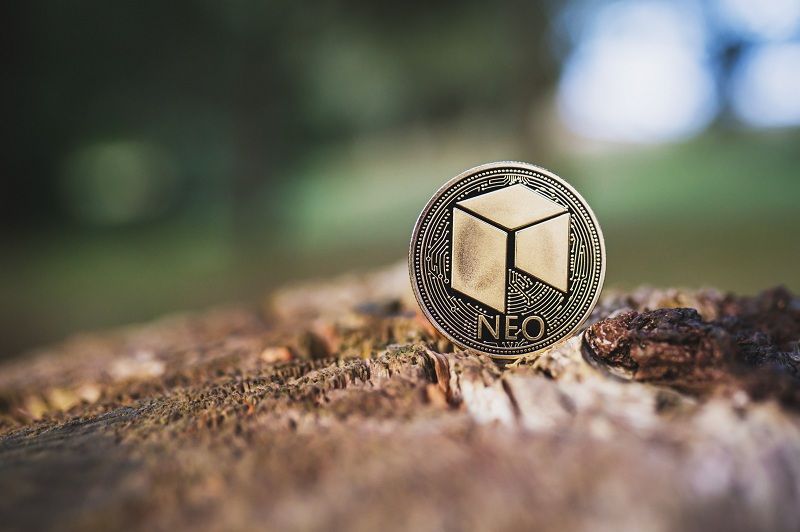Why did GAS, USUAL, and NEO see double-digit gains as markets slumped?
0
0

Amid a broader cryptocurrency market downturn, GAS, USUAL, and NEO have emerged as standout performers, each achieving double-digit gains while others falter.
This unexpected resilience has caught the attention of investors navigating a sea of red portfolios.
To make it even more interesting, far from random luck, the cryptocurrencies’ upward trajectories are fueled by unique developments, innovative upgrades, and strategic partnerships that set them apart.
With the broader crypto landscape in flux, understanding what is driving the growth of these coins in such tough times allows investors to make informed decisions.
GAS takes off after days of consolidation
GAS has experienced a striking rally, soaring from $1.75 to a peak of $2.95—a remarkable 68% jump—before pulling back to around $2.56 at press time.
This explosive liftoff followed days of consolidation between $1.90 and $2.20, reflecting a powerful breakout closely tied to GAS’s utility on the Neo N3 and Neo X networks, which are part of the NEO ecosystem undergoing a transformative phase.
The most recent development fueling this surge is NEO’s push into artificial intelligence (AI) integration, which has sparked excitement across its network.
Da Hongfei, NEO’s founder, unveiled a product that blends AI with blockchain to connect Web2 and Web3 ecosystems, promising greater interoperability and new applications.
As NEO’s transaction volume climbs with this innovation, demand for GAS, required to process every operation, has also spiked.
A key partnership with InflectivAI further amplifies this momentum.
By enabling decentralized applications (dApps) and AI agents to access real-time, trust-certified datasets, this collaboration enhances NEO’s utility.
Notably, more data-driven transactions mean more GAS consumption, pushing its value higher as investors anticipate increased network activity.
AI integration drives NEO gains
NEO, often dubbed the “Chinese Ethereum,” has also surged with double-digit gains, rising from $4.91 to $5.59—a 14% increase—within a 24-hour range that saw it peak at $5.59.
This rally is propelled by a bold vision to merge AI with blockchain technology.
NEO Founder Da Hongfei’s strategic pivot aims to bridge Web2 and Web3, enhancing adoption and stability.
The launch of Neo Bond, a mechanism to curb price volatility, underscores this focus, creating a more reliable environment for users and developers alike.
The partnership with InflectivAI is also a game-changer for NEO’s ecosystem. By providing dApps and AI agents with access to trust-certified datasets in real time, this collaboration boosts the platform’s functionality.
As NEO becomes a hub for AI-driven decentralized solutions, its appeal to developers and enterprises grows, lifting its market value.
External factors may also be at play. Reports of China offloading US Treasury bonds to invest in cryptocurrencies like Bitcoin could indirectly benefit NEO, given its strong ties to the region.
This shift might funnel capital into Chinese blockchain projects, adding tailwinds to NEO’s rally.
High trading volume and initial price spikes suggest robust market interest fueled by these developments.
USUAL price soars as decentralized upgrades fuel growth
USUAL, a rising star in decentralized finance (DeFi), has also posted impressive double-digit gains, with its price climbing from $0.12 to $0.18—a 50% increase—amid the market slump.
This growth is driven by several developments, with the most recent being USUAL’s deployment on Arbitrum, marking the completion of USUAL’s token suite on Arbitrum.
In addition, Usual has partnered with Brevis to revamp its revenue distribution system.
Brevis computes each user’s time-weighted USUALx balance over the week and generates a ZK Proof attesting to the accuracy of each reward.
These proofs are then verified on-chain, and users can claim their rewards directly from the dApp.
This technology enables scalable, decentralized reward systems, positioning USUAL as a leader in DeFi’s next wave.
By integrating Zero-Knowledge (ZK) Proofs, USUAL now offers trustless, transparent weekly payouts, eliminating reliance on manual processes and boosting user trust.
Besides launching on Arbitrum and the revamped revenue distribution, the approval of UIP-6, a governance proposal backed by 92.13% of the community, has also played a pivotal role in USUAL’s price surge.
The UIP-6 proposal raises the USD0++ floor to $0.92 and redistributes 47 million USUAL tokens, aiming to reward long-term holders and stabilize the protocol’s economics.
Such measures signal a commitment to maximizing value, resonating strongly with investors.
In a sector where stagnation can spell decline, these upgrades have drawn fresh interest, driving demand for the USUAL token.
The post Why did GAS, USUAL, and NEO see double-digit gains as markets slumped? appeared first on Invezz
0
0
 Manage all your crypto, NFT and DeFi from one place
Manage all your crypto, NFT and DeFi from one placeSecurely connect the portfolio you’re using to start.










